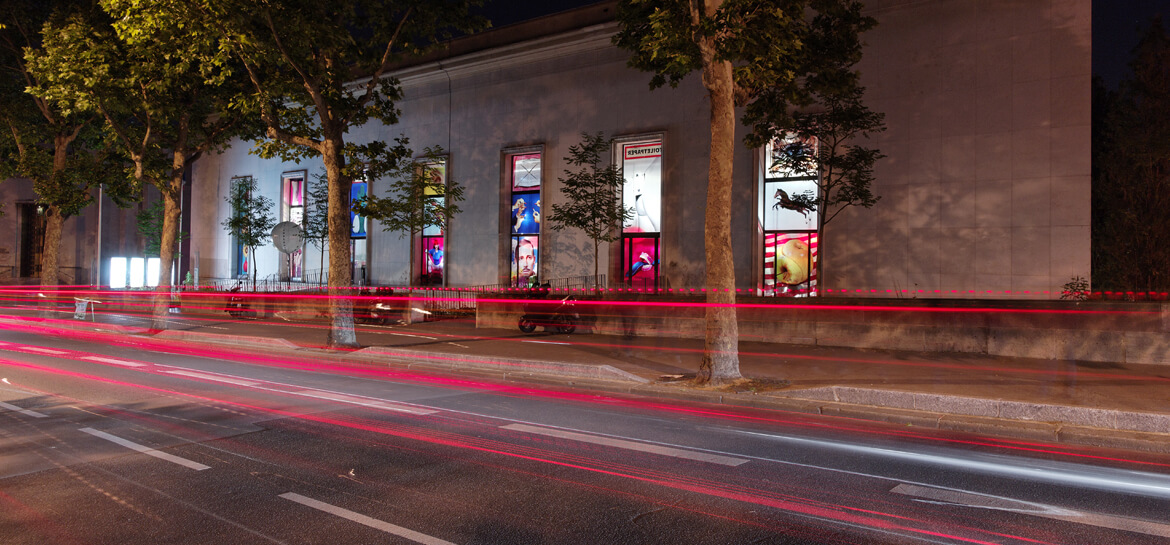SEARCH THE ENTIRE SITE

Toiletpaper
Following Christian Marclay’s semi-permanent installation on Palais de Tokyo’s front building, the seven windows will feature Toiletpaper magazine starting June 2013.
Founded by Maurizio Cattelan and Pierpaolo Ferrari in 2010, Toiletpaper is a magazine of only pictures which investigates our contemporary obsession with images. It results from the digestive process following an overdose of visual consumption. Aesthetically, one can mistake the content with commercial photography as TP’s pop iconography creates attraction and manipulates our vision the way advertising does. But there is a twist: a Toiletpaper image has absolutely no superego; it explores in an apparently harmless way our most intimate, hidden, unspeakable desires and urges. Each picture in the magazine is carefully constructed within a specific mental environment. It is evaluated, judged, transformed until it reaches the Toiletpaper status, conveying a mix of unexpected disturbance and uncanny ambiguity which could define the TP style (if such definition is possible). Since the magazine was born three years ago, Maurizio Cattelan and Pierpaolo Ferrari managed to go constantly beyond the pages, imposing Toiletpaper as a way of life and sidetracking into other fields to test the strength of the images. In today’s digital era strong content gets shared, tweeted, blogged and re-blogged. Toiletpaper rolls out a similar process in real life: deprived from their original context, images get onto t-shirts, mugs, jackets, disk covers, they live several lives and keep meddling in everyday imagery, printing into people’s subconscious. In that sense, Toiletpaper is fundamentally democratic as it needs to be confronted to massive diffusion to check the pictures resistance to time and the power they reach affecting popular imagination.
The project at the Palais de Tokyo is entirely part of this diffusion process. No picture is shown in the art space; after being digested, images from several issues are splashed onto the spectacular seven front windows of the building, in an intriguing composition that infiltrates everyday life as it is visible both from the inside and the outside. It allows the images to seep into the public street space and to parasite the restaurant’s living experience.
TOILETPAPER images have been reviewed by weekly and art magazines worldwide and appeared in special issues of magazines such as Vice and Hunger. TOILETPAPER was also exhibited on the High Line Billboard in Chelsea, NYC in May, 2012. The same year, images taken from the first six issues have been published by Damiani in an anthology, together with selected narrative texts, that was reviewed in The New York Times’ Top 10 Photo Books.

